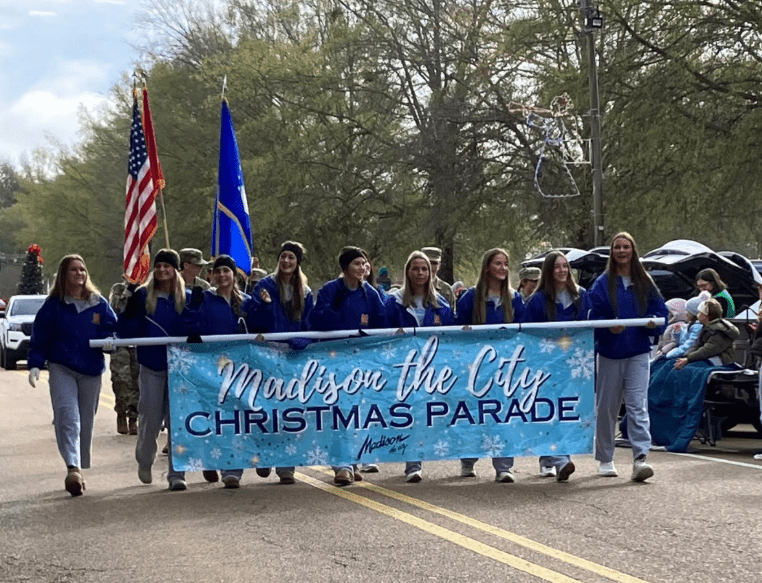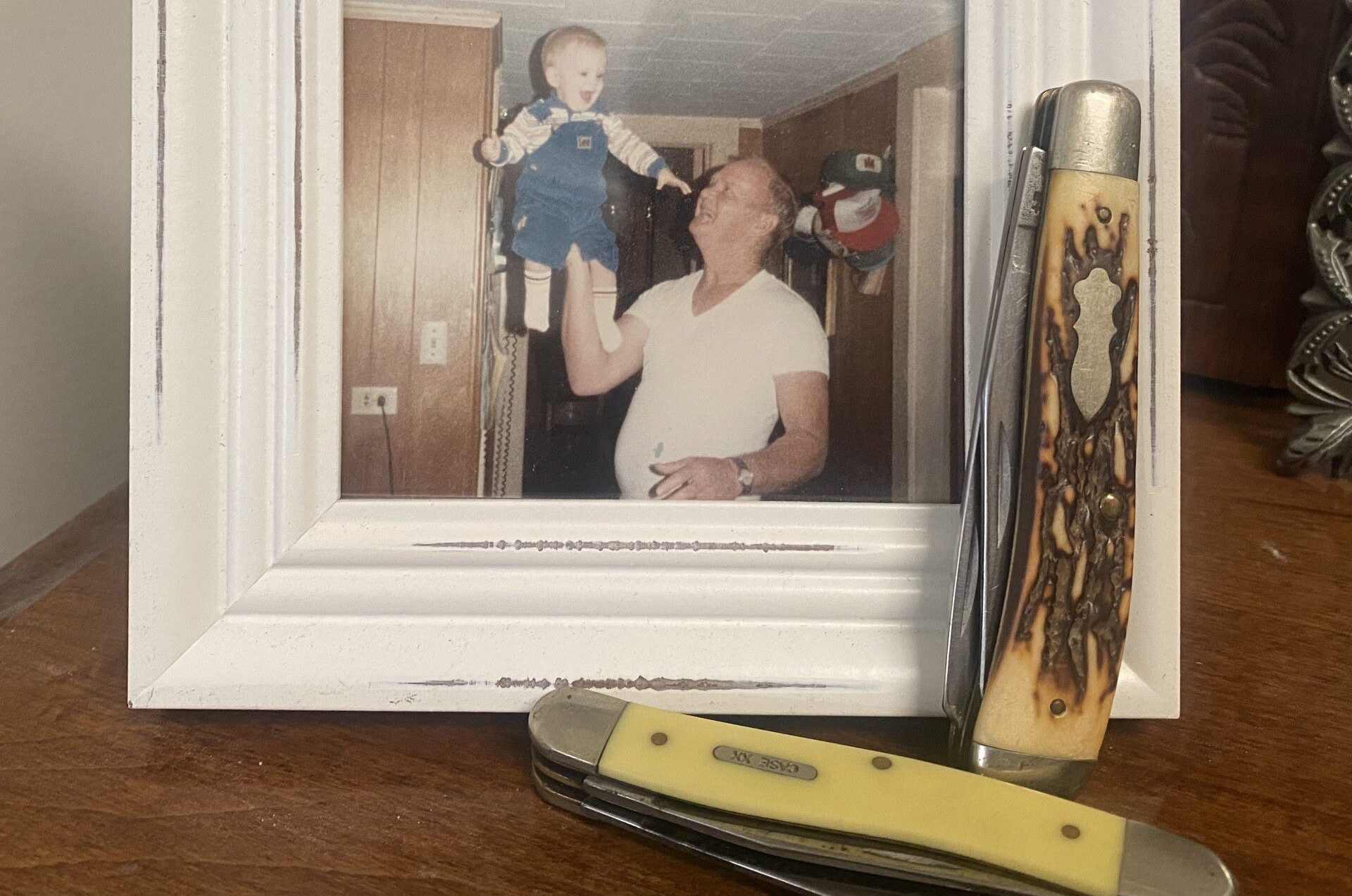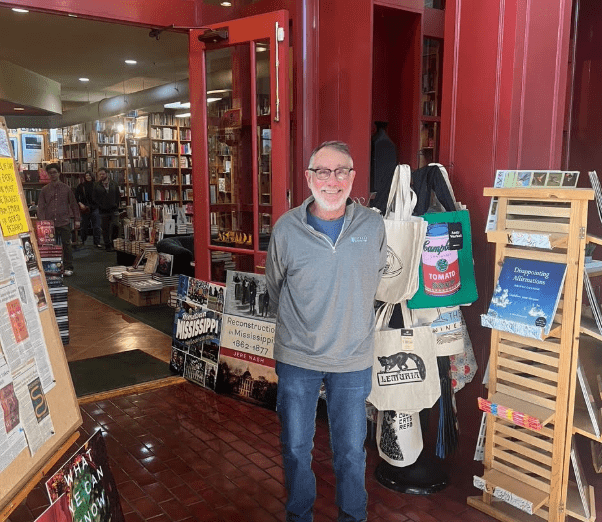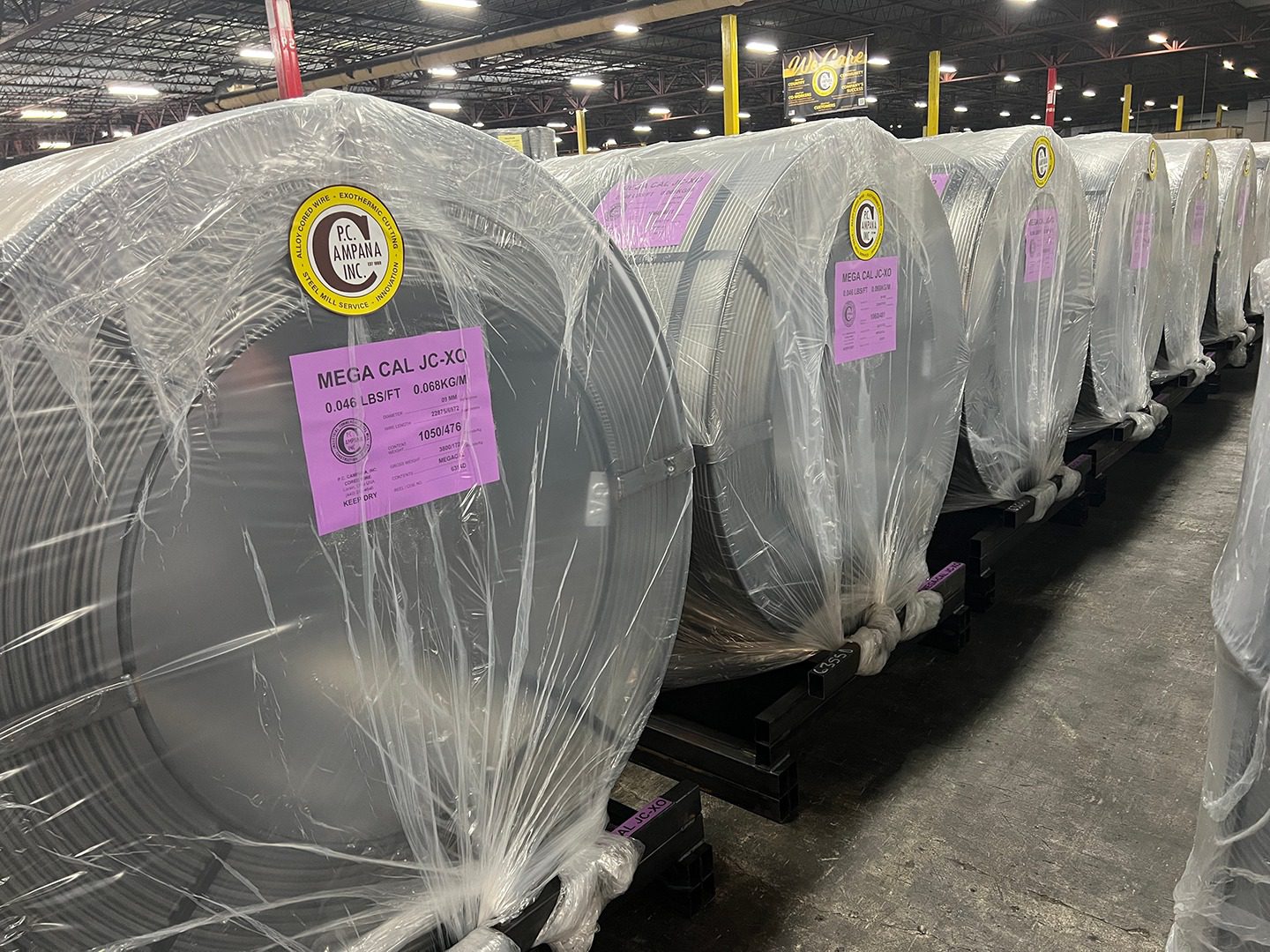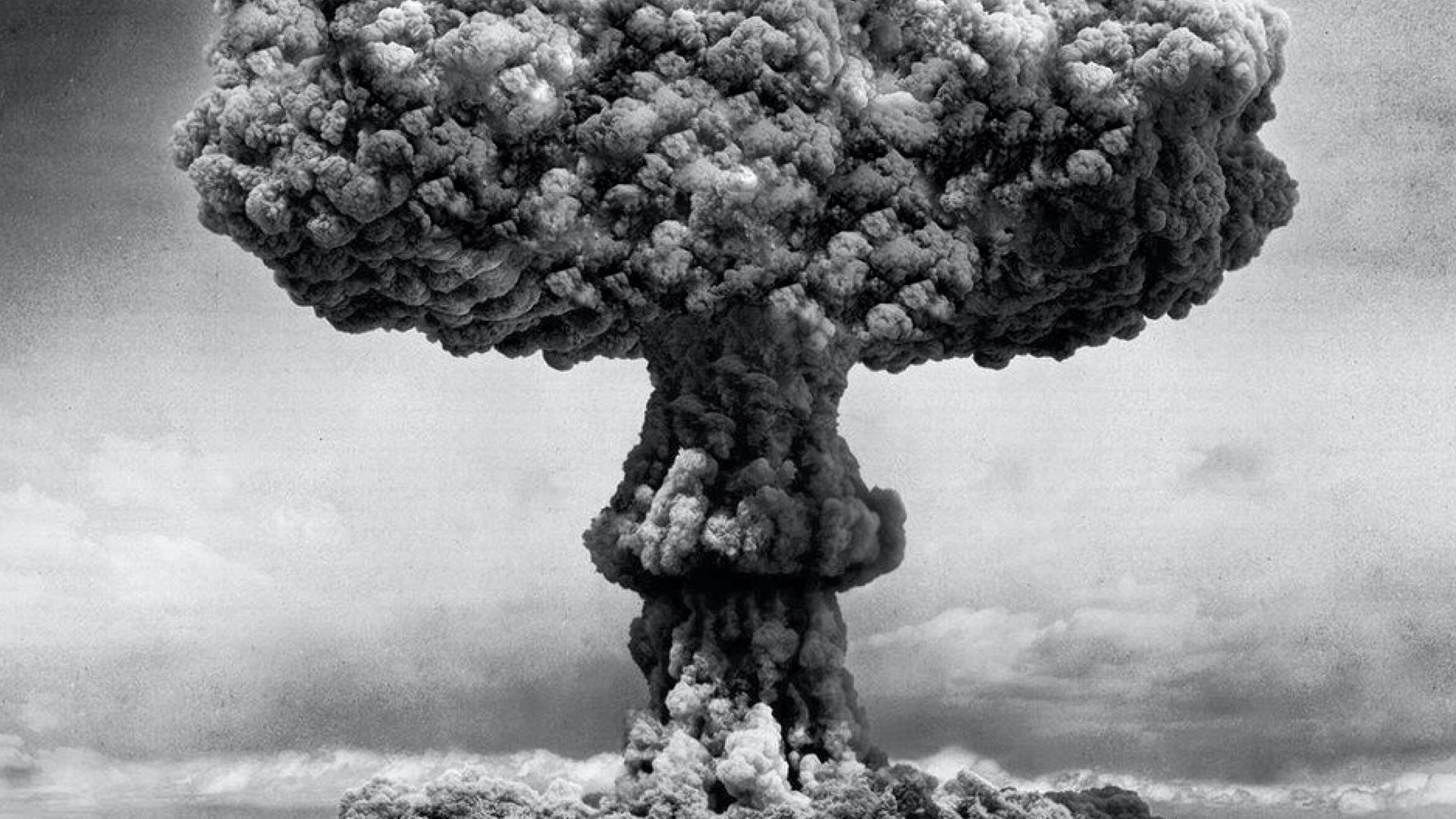
- Visitors can immerse themselves in the era with Mississippi artifacts that tell the story of the state’s response to nuclear threat, including stocking civil defense hospital supplies.
As an elementary school student in the 1960s, I have vivid memories of drills where we ducked under or beside our desks and covered our heads. A lot of good that would have done in the case of an actual atomic bomb emergency, but we felt like we were prepared.
Atomic Alert!: Confronting ‘The Bomb’ in the New Atomic Age, a free traveling exhibition designed by Overland Traveling Exhibits, opens Sept. 7 at the Two Mississippi Museums and will be on display through Nov. 8. The exhibition explores the history of the Federal Civil Defense Administration (FCDA) established to prepare Americans for the perils of the new Atomic Age.

In August 1945, in the waning days of World War II, the United States dropped two atomic bombs on cities in Japan. Four years later, the Soviet Union tested its first atomic weapon, and the Cold War began. Nuclear testing made its way to Mississippi through the underground detonation of two nuclear devices outside of Hattiesburg. Project Dribble, as it was known, was a joint effort of the United States Atomic Energy Commission and the United States Department of Defense. It was part of a larger program to assess remote detonation detection capabilities.
Nuclear history in Mississippi
The first test, Project Salmon, occurred in October 1964 and, roughly two years later, Project Sterling followed, which used a smaller bomb in the cavity left behind by the first blast.
The event was written up in the Hancock County Historical Society’s newsletter.
“At 10:00 am on October 22, 1964, the United States government detonated an underground nuclear device in Lamar County, in south Mississippi.”
The blast took place in the Tatum Salt Dome. Residents reported they felt three separate shocks, and many watched as the soil rose and behaved like ocean waves.
“Hunting dogs howled in terror, and two miles from the test site the blast shook pecans off the pecan trees. This nuclear test, and the one that followed two years later at the same Mississippi site, were the only nuclear explosions on U.S. soil east of the Rocky Mountain states.”
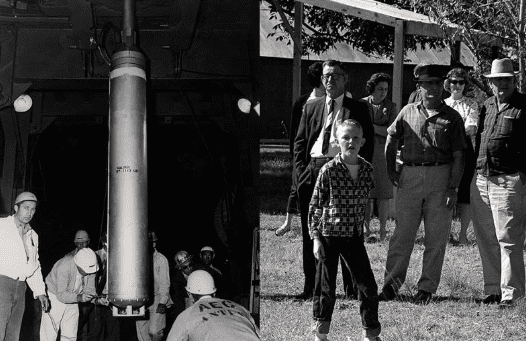
According to the report in the newsletter, most residents in the area reported that the shock of the explosion was much stronger than they had been led to believe.
“The editor of the Hattiesburg American, although almost thirty miles away, reported that he felt the newspaper building sway for nearly three minutes. At the test site, creeks ran black with silt-laden water, and by seven days after the blast, more than 400 nearby residents had filed damage claims with the government, reporting that their homes had been damaged or that their water wells had gone dry.”
Residents also reported damage to their homes. Horace Burge, who lived two miles from the explosion site, discovered “considerable damage” to his three-room home after the blast. Damaged were his fireplace and chimney, with bricks scattered in his living room. He also discovered broken dishes on the kitchen floor, and damage inside his refrigerator. His electric stove was covered with ash and concrete and the pipes under his kitchen sink burst, which led to flooding inside his home.
Atomic testing results in MS shaped the future of defense
The United States government quickly began reimbursing local residents for the damage done to their homes. After the blast, reporters from the Hattiesburg American interviewed many local residents who said while they said they didn’t want nuclear testing to be done in their neighborhoods, they felt helpless, adding there was nothing they could do about it. In an editorial, the Hattiesburg American stressed that such tests were necessary for the future security of the country.
With the bomb delivering the force of 5,000 tons of TNT – about one-third as powerful as the bomb that destroyed Hiroshima in 1945 – the government scientists determined that Project Salmon had been a success. As intended, the Project Sterling blast on December 3, 1966 was considerably weaker than the blast two years earlier, with a force of 350 tons of TNT. Observers two miles away from the blast reported they barely felt a bump.
“Because it was detonated in a cavity in the salt, its force, as measured by seismographs, was about 100 times weaker than would have been expected with the same sized bomb placed in solid rock or salt. Thus U.S. government officials reported that Mississippi’s two nuclear blasts, as a part of Project Dribble, helped prove that in fact the seismic effect of a nuclear blast could be greatly reduced if such a blast were set off in a large cave. This suggested it might be possible for a nation to cheat on a future nuclear test ban by hiding a nuclear test.”
The results of each blast helped teach atomic scientists how to detect and measure hidden blasts.
The United States, the Soviet Union, and other countries negotiated for nine years before signing the Limited Nuclear Test Ban Treaty in 1963. The treaty states that any nuclear weapon test explosion, or “any other nuclear explosion in the atmosphere, beyond its limits, including outer space, or under water, including waters or high seas” would be prohibited.
Bringing the Atomic Age to the present
“The Two Mississippi Museums are excited to share this free, special exhibit,” said Michael Morris, director of the Two Mississippi Museums. “We welcome the public to explore and learn about Mississippi’s role in nuclear testing during the Atomic Age.”
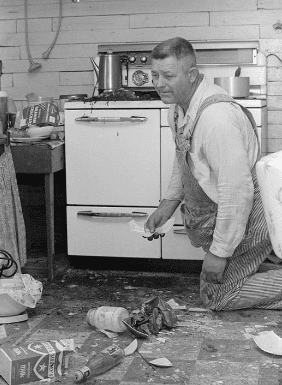
The exhibition puts a special focus on the educational and volunteer programs of the FCDA, which encouraged the building of bomb shelters, the establishment of neighborhood wardens, and taught children to “duck and cover.” Atomic Alert! includes a striking artistic interpretation of the impact of a nuclear blast, featuring the silhouette of a bomb roughly the size and shape of the bombs dropped in World War II.
Visitors can immerse themselves in the era with Mississippi artifacts that tell the story of the state’s response to nuclear threat, including stocking civil defense hospital supplies. Other exhibit artifacts include a Geiger counter used to detect ionizing radiation on objects at ground level and a booklet that instructed families who did not have designated shelters on how to construct a shelter within their home.
Atomic Alert!: Confronting ‘The Bomb’ in the New Atomic Age programming includes two free History Is Lunch programs on September 25 and October 9 and two free gallery talks on October 10 and October 22.
Atomic Alert! was developed, designed, built, and toured by Overland Traveling Exhibits and independent Atomic Age scholar Michael Scheibach. Founding institutions for the exhibition include the Historical and Cultural Society of Clay County in Moorhead, Minnesota.
For more information, visit here or call 601-576-6850.

